7 Common Red Birds (With Pictures): Info, Pictures, Nesting & Status
Last Updated on
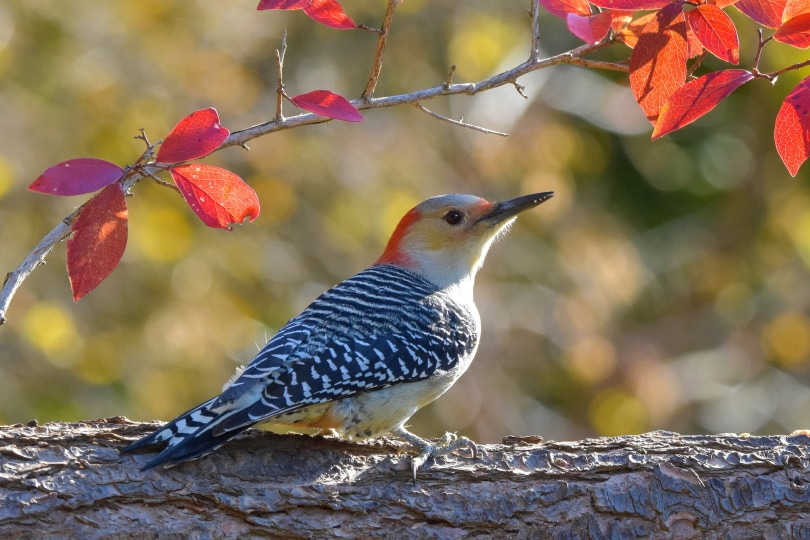
Maybe you’ve spotted a red bird and want to know what you are looking at. Or perhaps you just want to know what birds sport a fiery red plumage. Either way, we have tracked down seven red birds for you.
While this is not an exhaustive list, it does cover common species out there.
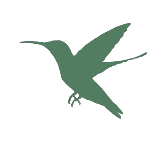
The 7 Most Common Red Birds:
It doesn’t matter where you live, you are likely to have a few red birds right in your backyard. We highlighted seven of the most common ones and where you can find them.
1. Northern Cardinal
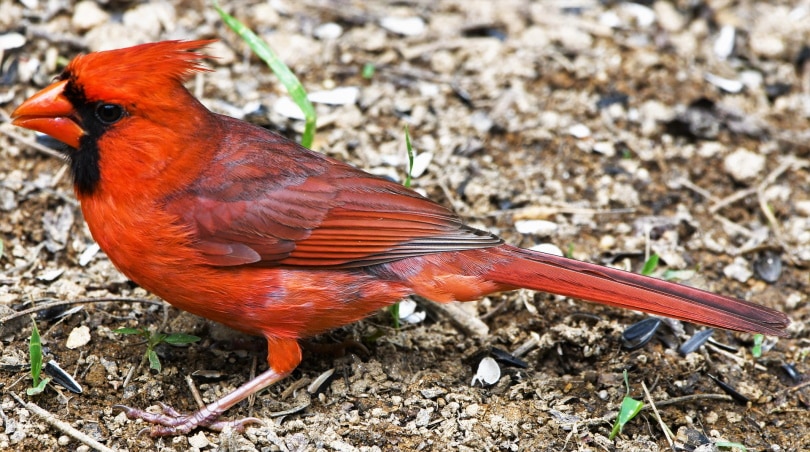
One of the most well-known red birds is the Northern Cardinal. It’s also known as the “redbird,” and you can find them along the entire Eastern Coast of the United States, down into Mexico, and as far south as Central America.
While both males and females are red, males have a far brighter shade, while females are more subdued in color.
2. Cinnamon Teal

Cinnamon Teals are actually ducks, and as their name suggests, they have cinnamon red-colored plumage. While their entire bodies aren’t red, their heads, bellies, and sides typically are. They don’t have the brightest shade of red out there, but they certainly have a red hue.
You can find Cinnamon Teal ducks in Central America, and they’ll occasionally winter as far south as Columbia and Venezuela.
3. Scarlet Tanager

Scarlet Tanagers are smaller red birds that live along the eastern North America. You can find them throughout the eastern United States, down the eastern coast of Mexico, and even in Cuba. Most scarlet tanagers have red bodies and heads, but their wings are black.
4. Hepatic Tanagers

Hepatic tanagers are red birds that you can find in the Americas. Hepatic tanagers have a subdued shade of red. Moreover, while you can find scarlet tanagers farther north, hepatic tanagers rarely make it as far as the southwest United States.
Instead, they live primarily live in South and Central America. They have been venturing farther north since the 1960s, but the exact reason for their northern migration is unknown. Climate change is the suspected culprit.
5. Male Summer Tanager
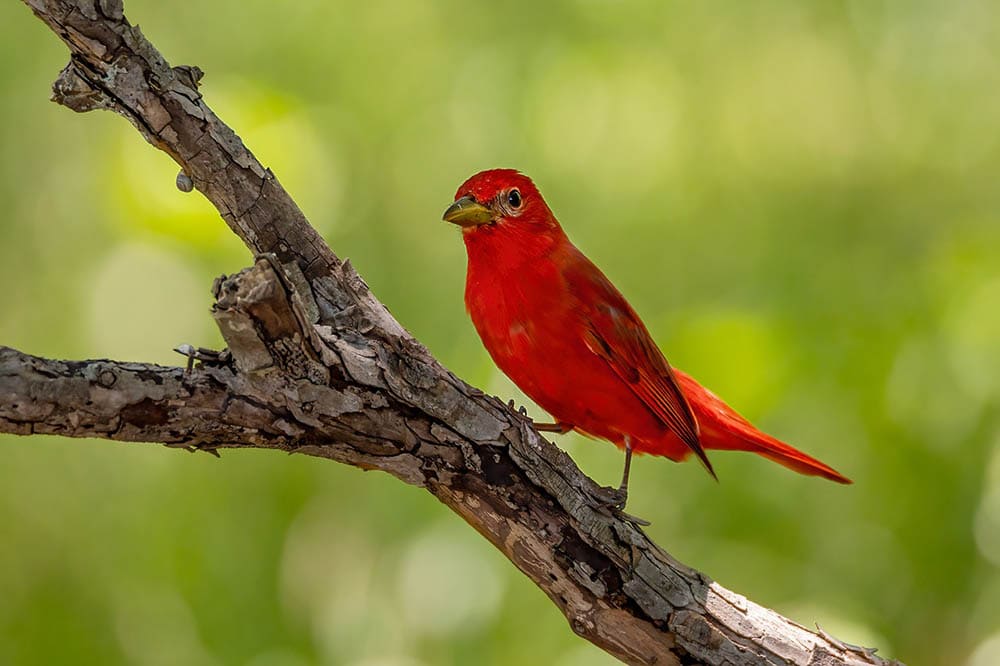
Summer tanagers have bright red plumage, however, only male summer tanagers feature the red design. Females typically have yellow and orange plumage. Both are beautiful and colorful birds, but only one is red.
You can find summer tanagers along large swaths of the United States. They live in the eastern United States up to southern Pennsylvania and Illinois, and as you head south, their range expands to the western United States as well.
You can also find them in Northern Mexico, and they often winter as far south as Bolivia and Brazil. They truly have a diverse range that covers most of both continents.
6. House Finch
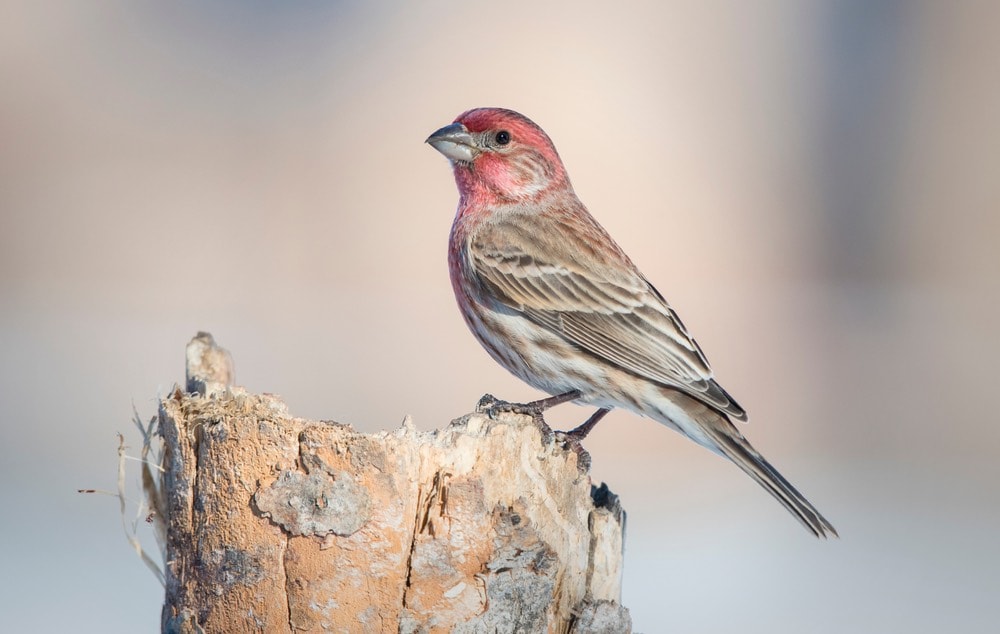
While the house finch won’t have a bright red plumage all over their body, many house finches have redheads. Sometimes that red plumage will work its way down a finch’s chest before fading out. You can find house finches throughout the entire United States, and they’re the most common bird to visit bird feeders.
Only male house finches feature red plumage, as female house finches are all brown, with a stripling down their chests.
7. Red-Bellied Woodpecker
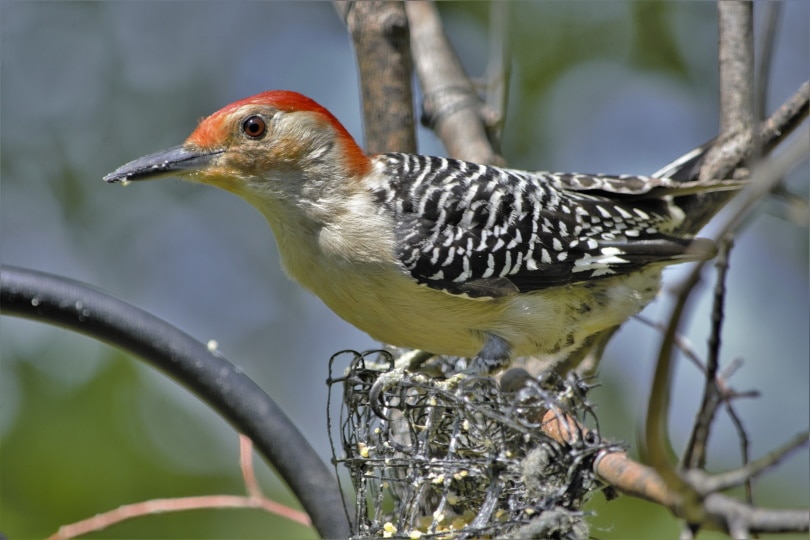
Despite the name, the most visible red that you’ll find on a red-bellied woodpecker is on its head. While red-bellied woodpeckers do have some red on their chest, it’s not nearly as noticeable.
You can find red-bellied woodpeckers throughout the southern United States and as far north as the mid-Atlantic and toward the Midwest. These birds aren’t nearly as common as the house finch, but if you head further into the forest, you’ll find plenty.
Conclusion
While you might find a wide array of red birds in your backyard, you might be surprised to learn that they come from a small variety of species. There aren’t tons of red bird species out there, despite how easy they are to spot.
Hopefully, this guide walked you through a few different red bird species that you can see in your area or opened your eyes to what’s out there. The next time you spot a red bird in your backyard, you’ll have a good idea of what you’re looking at.
If you liked this article, check out some of our other top-trending birding posts:
- 7 Common Yellow Birds: Pictures, Info, Nesting Behaviors & Protection Status
- 2 Types of Bald Eagle: What’s the Difference?
Featured Image Credit By: Bulmer, Pixabay
About the Author Robert Sparks
Robert’s obsession with all things optical started early in life, when his optician father would bring home prototypes for Robert to play with. Nowadays, Robert is dedicated to helping others find the right optics for their needs. His hobbies include astronomy, astrophysics, and model building. Originally from Newark, NJ, he resides in Santa Fe, New Mexico, where the nighttime skies are filled with glittering stars.
Related Articles:
Binocular Magnification Chart: Numbers & Distances Compared
How to Clean a Refractor Telescope: Step-by-Step Guide
How to Clean a Telescope Eyepiece: Step-by-Step Guide
How to Clean a Rifle Scope: 8 Expert Tips
Monocular vs Telescope: Differences Explained (With Pictures)
What Is a Monocular Used For? 8 Common Functions
How to Clean a Telescope Mirror: 8 Expert Tips
Brightfield vs Phase Contrast Microscopy: The Differences Explained

